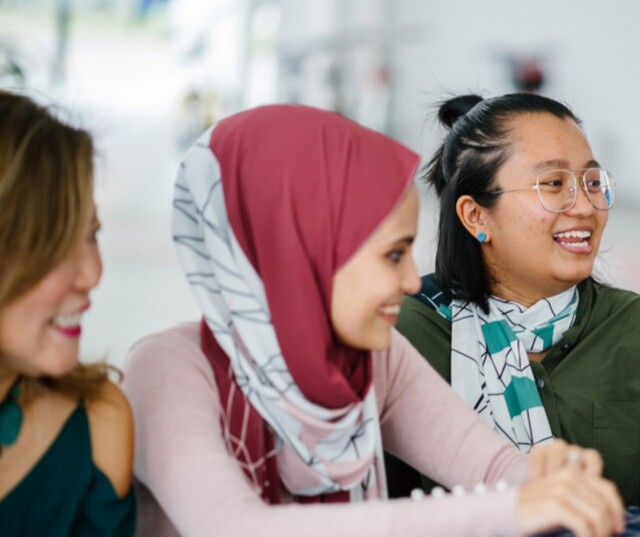As the driest continent on earth and with many areas suffering from prolonged drought, a number of our inland cities and towns are facing the possibility of literally running out of water. Numerous areas around the nation have strict water conservation regimes in place, with even tougher restrictions predicted in the near future.
As Australia’s largest inland regional city, some 135,000 people live in the Greater Toowoomba Region including 95,000 within the Toowoomba City Council boundaries. Toowoomba’s total annual metered water usage is approximately 14,000 megalitres. With its average residential water use of 210 litres/person/day, compared to the current South East Queensland regional average of 300 litres/person/day, Toowoomba residents are certainly taking water conservation seriously. With level five restrictions in force, and recognising that its total water use will continue to rise with increasing population and associated industrial and economic development, Toowoomba City Council has been working with its residents to address its water crisis.
“Over the last 20 years there has been a consistent decline in the average rainfall over our dam catchments,” said Mayor Dianne Thorley. “This means that there is less runoff and less groundwater recharge and therefore less water available for us to use. Council has been listening to the increasing level of community concerns about water supply over the last five years and has been identifying and evaluating options for future supplies.”
To meet the need for reliable water supplies in the future Council has developed an integrated water management plan. This comprises a range of initiatives including:
- continuing community education about using water wisely
- making rainwater tanks compulsory for all new buildings
- implementing a $35 million upgrade of the Wetalla Water Reclamation Plant
- allocating funds in the Council budget for a short to medium term increase in bore water supply
- applying to the Queensland Department of Natural Resources and Mines for up to 5000ML/annum of additional water supply from the artesian basin
- allocating almost $1 million in Council’s 2005/2006 budget for enhanced water demand management strategies implemented in 2005/2006
- ongoing water restrictions with level five water restrictions implemented on 1 August after the dams usable storage level dropped to 20 per cent. This means no watering of gardens from mains water not even with a bucket.
Earlier this year, Council lodged a submission for funding with the Australian Government Water Fund’s Water Smart Australia Program for a project that will help secure a safe supply of water to meet the future needs of Toowoomba and the region. The project would draw on the best technologies currently being used in water reuse projects around the world and integrate urban, industrial, power, mining and agricultural supply and demand.
“The evidence from around the world supports the business case for this project,” Mayor Thorley said. “There are no issues that cannot be successfully addressed by current scientific knowledge and existing technologies.”
Involving the CSIRO as a project partner to provide independent and highly skilled research and scientific advice, Toowoomba’s Water Futures Project also has the support of the Queensland State Government. From the outset, Council agreed that informing, educating and engaging the community was a vital element of the project.
The Federal Government had pledged $23 million to the project but stipulated that any recycling of wastewater must first be approved by the community through a compulsory referendum. With just a four month run up to the referendum and knowing the difficulty all such plebiscites face in winning over enough people prepared to change the status quo and vote “yes” for change, Toowoomba City Council took up the challenge of ensuring its residents were able to make an informed decision.
Although there was majority support for the recycling project by Councillors, as to be expected there was a deal of uncertainty through to outright opposition within the community.
Some of the community consultation and education Council undertook during the campaign included:
- 167 hours in shopping centres and at markets with people having the opportunity to taste the water, blind tasting of different types of water, answering questions and talking through the issues.
- 160 information sessions attended by up to 400 participants. Council estimated that 5,000 people attended the sessions. These sessions started as early as 6.30am and finished as late as 9.30pm, seven days a week. They were held in timber sheds, offices, lunchrooms, community halls, classrooms, the cinema, taxi depots and so forth.
- More than 7,600 tastes of water.
- Television and newspaper advertisements explaining the processes, and four talkback radio segments of 30 minutes each with Council’s chemist so people with questions could call in and get the answers.
- 45,000 copies of a 32 page “waterbook” were produced and delivered to 40,000 homes in greater Toowoomba, to schools and at information sessions.
- Letterbox drops and a weekly newsletter to supporters/interested parties.
Voting in Toowoomba Water Futures poll held on 29 July was compulsory for all Toowoomba electors. Although there was disappointment by Council and supporters of the project with 62 per cent of people voting against the proposal, the seriousness of the growing problem of meeting increasing water needs is certainly not lost on Toowoomba residents.
The efforts by Toowoomba to tackle this issue – in a first for Australia – saw the rest of the nation looking on with interest, further cementing in people’s minds the importance of looking at the options for conserving and reusing this vital resource.








